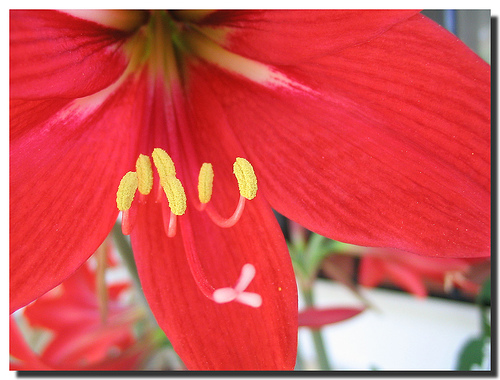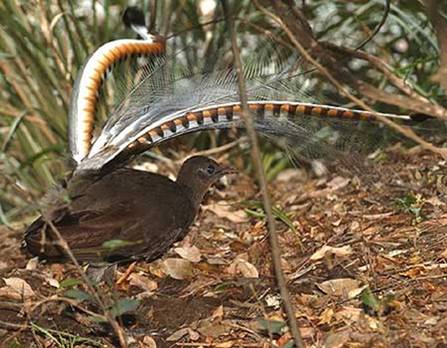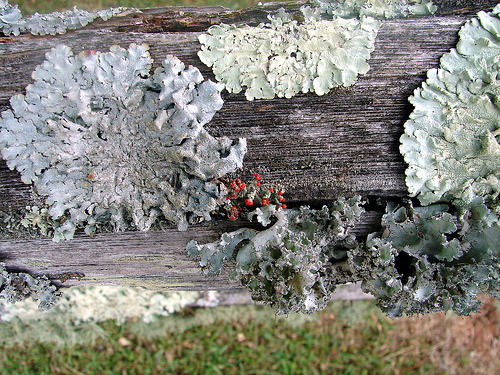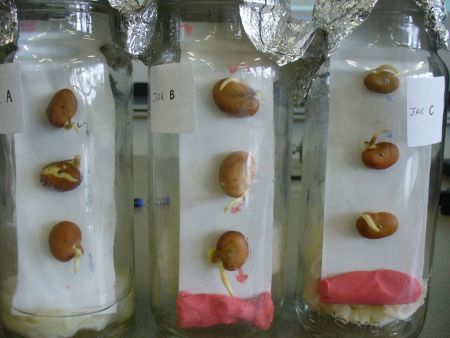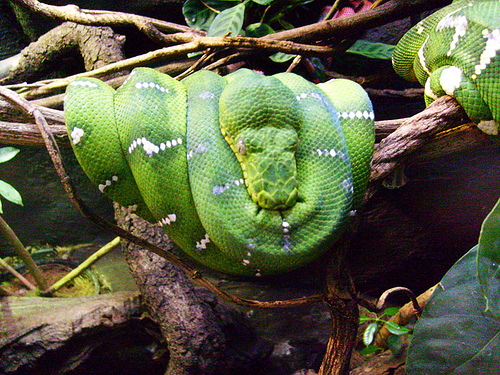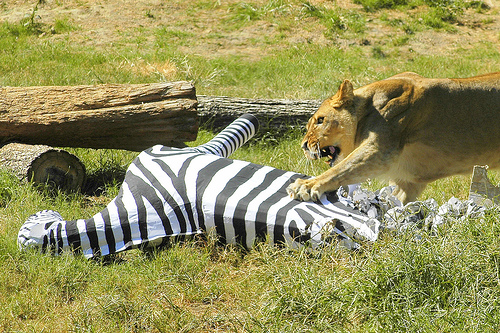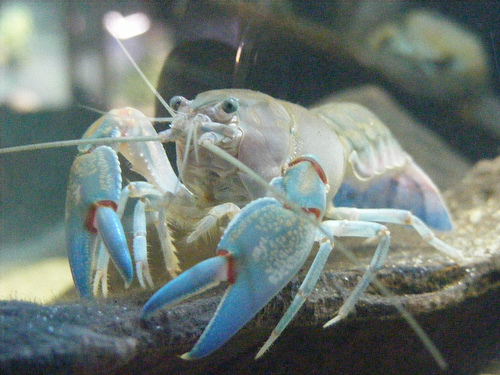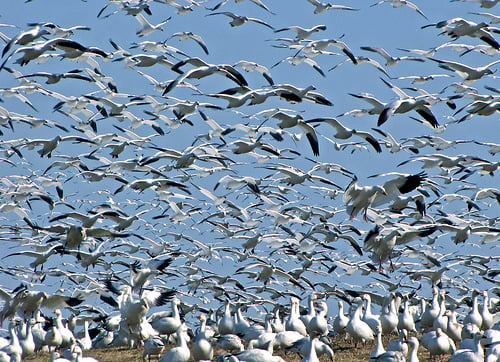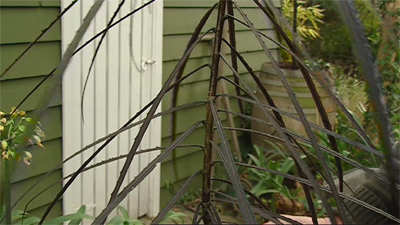
Pseudopanax crassifolius
I’ll admit to be really fascinated by plant adaptations – the enormous variety of structural and functional forms that enable plants to spread their pollen and seeds; germinate and survive extremes of temperature, wind, flood, fire and being eaten. I have been especially intrigued by the way that some animals and plants co-evolve, such as the orchids with flowers that mimic their pollinators and the plants that are stimulated by insect larvae to produce hormones which cause the plant to grow a home for the pest, resulting in leaf galls. Many of the wonderful foods, drinks, herbs and spices we enjoy are as a result of plants producing alkaloids to resist predation – bitter coffee flavours, tea tannins, pungent nutmeg, pepper and cloves as well as curry leaves and cinnamon bark could be examples.
This unusual-looking plant is a native of New Zealand and exhibits some features that demonstrate adaptations to being eaten by giant flightless birds. While Australia and New Zealand are geographically close to each other, they have vastly different habitats and species. Unlike Australia, New Zealand has no natural mammals, so the giant flightless birds were the major plant predators. Birds feed in very different ways to mammals, hence the differnet appearance of plants, such as the Lancewood. Note the narrow, serrated leaves and the unusual dark colour of the plant. “A classic example of a plant that’s trying to protect itself from bird predation, the Lancewood has long, hard, narrow leaves. It also has a dark brown colour; the theory being that brown is actually quite difficult for birds to perceive. It has a strange form and it grows in a single trunk so that it’s not wasting time branching out low down where it’s offering the birds something to eat.
This plant will last for about ten years before it suddenly changes into a completely different form. When these plants were first discovered, the juvenile form and the adult form were thought to be different species. Instead of having something that looks like a whole pile of stick insects, you end up with a plant that has a tall slender trunk, and all the lower leaves have dropped off so it’s well above the height that a moa could reach. The foliage is shortened and it’s also become greener and it’s standing up more so the plant can better photosynthesise.”
From Gardening Australia
Interesting BBC article: “Giant ‘meat-eating’ plant found“.
